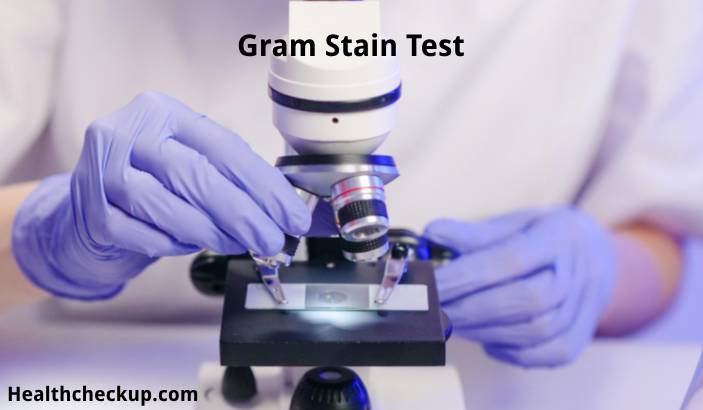The Gram stain is a fundamental, rapid bacterial staining technique used in microbiology for the initial classification and differentiation of bacterial species into two large groups: Gram-positive and Gram-negative, based on the chemical and physical properties of their cell walls. This vital diagnostic tool aids in the quick identification of bacterial pathogens to guide effective treatment decisions.
Purpose of the Gram Stain
- Rapid Bacterial Identification: The primary purpose of the Gram stain is to quickly identify the presence of bacteria in a sample and to distinguish between Gram-positive and Gram-negative bacteria, which have different staining and structural characteristics.
- Guiding Antibiotic Treatment: By identifying the type of bacteria, physicians can make informed decisions about appropriate antibiotic treatments.
- Clinical Diagnostics: Used extensively in clinical settings to diagnose bacterial infections in body fluids, wound exudates, and respiratory secretions.
- Infection Control: Helps in the management and control of infection by providing early indications of the type of bacteria involved.
Preparation for the Test
- Sample Collection: Proper sample collection is crucial. This might include samples of blood, urine, spinal fluid, sputum, or swabs from wounds.
- Storage and Handling: Collected samples should be transported to the laboratory promptly to prevent the overgrowth of bacteria or the death of the organisms, which could affect the test results.
Procedure of the Gram Stain
- Sample Placement: A thin layer of the sample is spread on a microscope slide and allowed to air dry.
- Fixing the Sample: The sample on the slide is fixed by passing the slide through a flame or using a chemical fixative. This process kills the bacteria, making them adhere to the slide and take up the stain more effectively.
- Staining Process:
- Crystal Violet Application: The slide is stained with crystal violet dye, which enters and colors all the cells.
- Iodine Treatment: Iodine, which acts as a mordant, is applied to form a complex with the crystal violet that is more intensely retained within the cells.
- Decolorization: Alcohol or acetone is used to decolorize the slide. Gram-negative bacteria lose the crystal violet stain while Gram-positive bacteria retain it.
- Counterstain Application: A counterstain (commonly safranin or fuchsine) is applied. This stains the decolorized Gram-negative bacteria a different color, typically red or pink, contrasting with the purple of the Gram-positive bacteria.
- Microscopic Examination: The slide is examined under a microscope to determine the color and morphology of the bacteria.
Results Interpretation
- Gram-Positive Bacteria: Appear purple or blue under the microscope because they retain the crystal violet dye.
- Gram-Negative Bacteria: Appear red or pink because they take up the counterstain after losing the initial violet dye during the decolorization step.
- Bacterial Shape and Arrangement: Further insights are gained by observing the shape (e.g., rods, cocci) and arrangement (e.g., chains, clusters) of the bacteria.
Risks Associated with the Test
- Sample Contamination: Improper sample collection or handling could lead to contamination that affects the accuracy of the test results.
- Misinterpretation: Incorrect staining or examination techniques may lead to misinterpretation of results, which can result in inappropriate treatment decisions.
The Gram stain is a diagnostic technique in microbiology, providing critical information that impacts patient treatment plans. This simple yet powerful test allows for the rapid identification of bacterial pathogens, aiding in the quick administration of appropriate antibiotics.
I specialize in writing about health, medical conditions, and healthcare, drawing extensively from scientific research. Over the course of my career, I have published widely on topics related to health, medicine, and education. My work has appeared in leading blogs and editorial columns.








